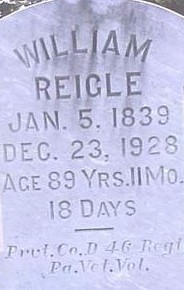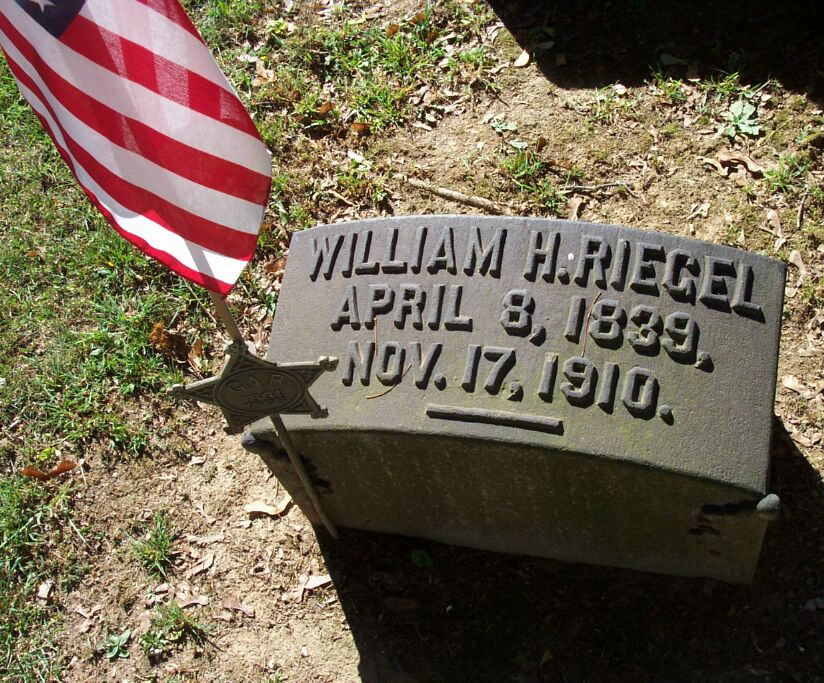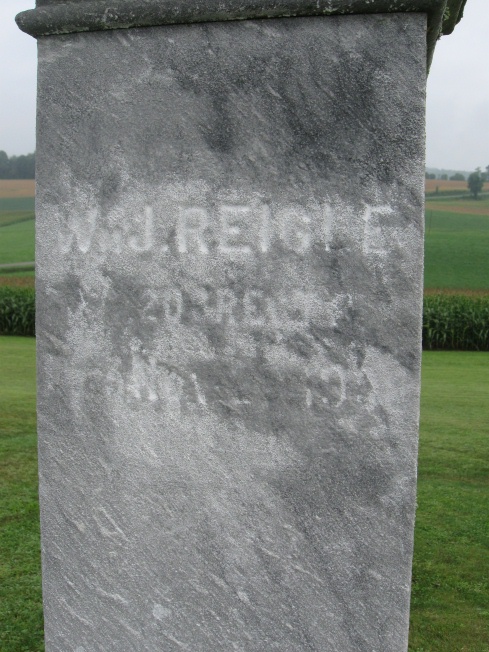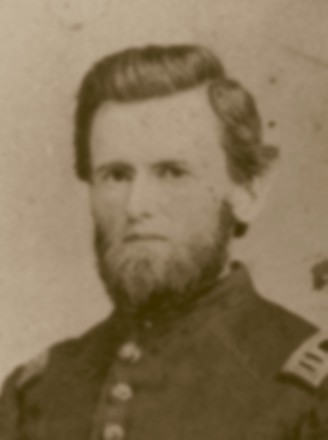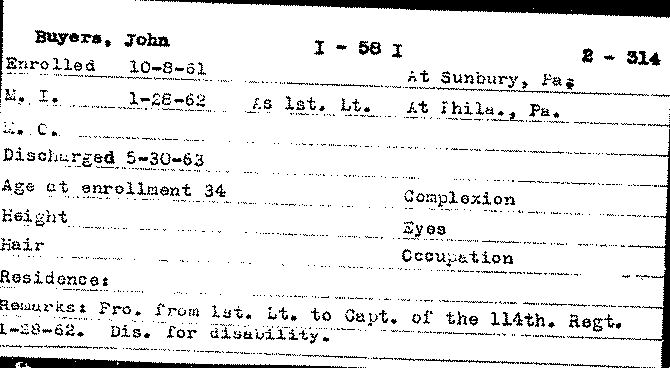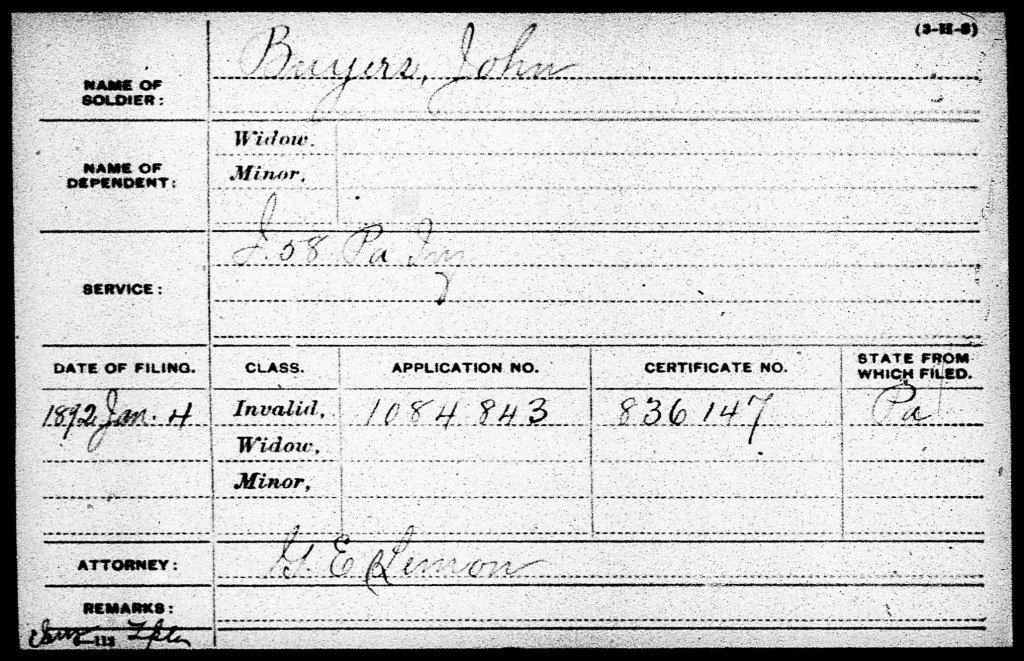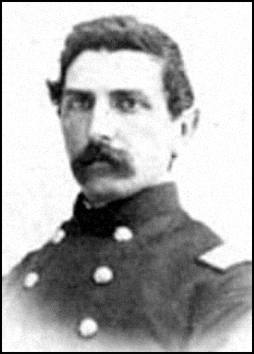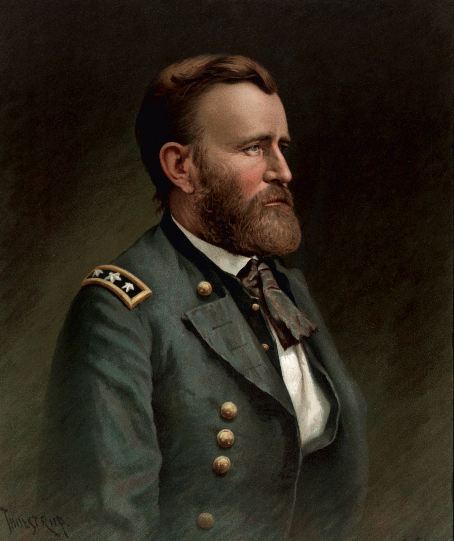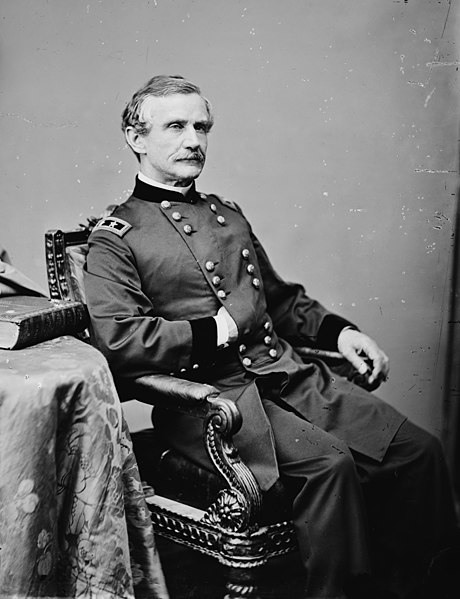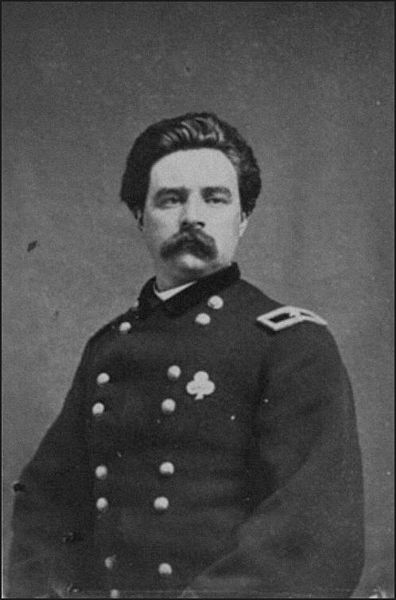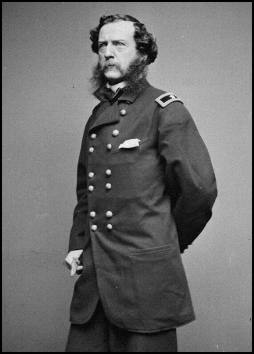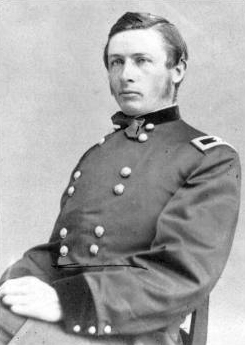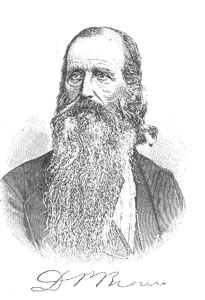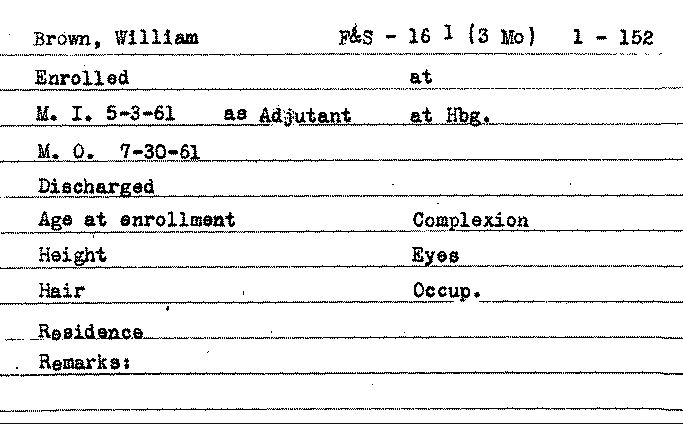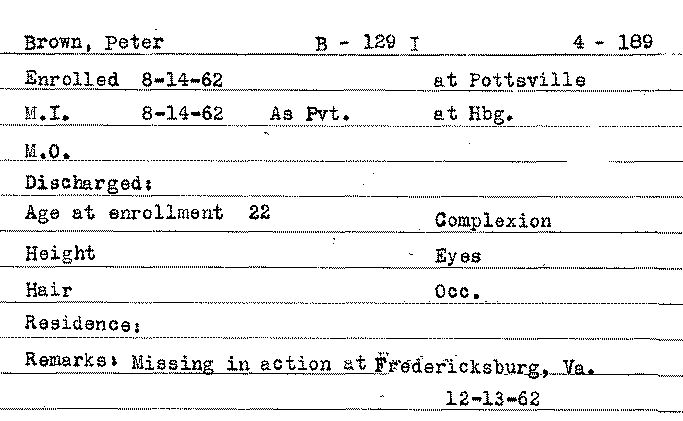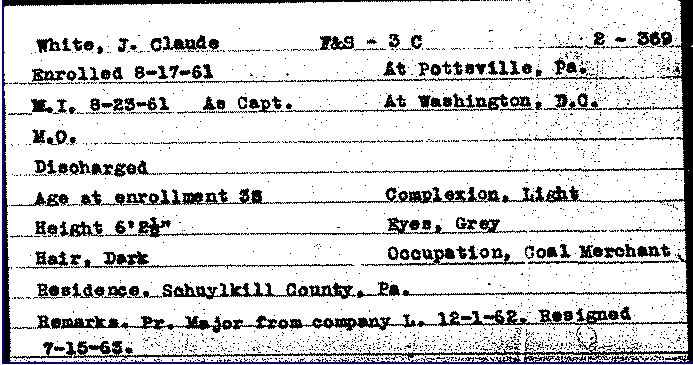Riegel Family Veterans of Pennsylvania Civil War Regiments (Part 6 of 7)
Posted By Norman Gasbarro on October 17, 2012
Part 6 of 7. In a prior post, one branch of the Riegel family’s origins in America was presented – that of Mattheis Riegell (born about 1615) of Bad Muenster, Palatinate, Germany, who married Maria Werner. They had a son, Jost Riegell (1615-1687) who married Maria Honen (or Hoenen). Their son, Cornelius Riegel (1674-175) was the immigrant who arrived in Philadelphia in 1733, with his wife Anna Gertrude Ehrmann, and their family. Two of the sons of Cornelius and Anna Gertrude had preceded the family by arriving in Philadelphia in 1732.
From Philadelphia, the members of this family migrated first to Berks County and later westward, with many of the descendants ending up in the Lykens Valley while others went to Ohio, Indiana, Illinois, and Iowa.
During the Civil War, more than 100 different men with the Riegel surname (or some variation of the name) served in Pennsylvania regiments. Some of these men will be presented in this and future posts. For many, the connection has already been made to the line of Matheis Riegel. For others, very little is known. It is hoped that readers will help complete the stories and genealogies of each of the men named Riegel.
——————————-
Continued from Friday, 12 October 2012.
——————————–
William Reigle (1839-1928). 46th Pennsylvania Infantry, Company D, Private. William Reigle was a tailor from West Hanover Township, Dauphin County, Pennsylvania, who stood 5′ 6.5″ tall, had fair complexion, blue eyes, and light hair. He was a brother of Mitchell Reigle, who also served in the Civil War. After enrolling at Harrisburg, he was mustered into service at Muddy Branch, Maryland, and served until his discharge on 16 July 1865. At discharge, the record indicates that he owed an ordinance fine of $6. William married Mary Nornhold. In 1890, he told the census that he was ruptured and deaf in his left ear in addition to swelling in his right leg and arms, which he claimed were war-related disabilities. He is buried at Broadview Cemetery, Hershey, Dauphin County, Pennsylvania. Grave marker photo is from Ancestry.com.
——————————-
William H. Riegle (1839-1910). Also known as Riegel and William R. Riegle. 153rd Pennsylvania Infantry, Company C, Private. A cigar-maker from Northampton County, Pennsylvania, he enrolled there and then was mustered in at Harrisburg, 8 October 1862. On 1 March 1863, he was promoted to Corporal and then to Sergeant. His wife’s name was Emma. He is buried at Easton Heights Cemetery, Easton, Northampton County, Pennsylvania. The grave stone photo is from Ancestry.com.
——————————
William John Reigle (1829-1908). Also found as Riggle, Reagle, Riegle, Riegel, and Rigel. In the 1860 Census, he was found in Lower Mahanoy Township, Northumberland County, Pennsylvania. 208th Pennsylvania Infantry, Company G, Private. He was mustered in on 30 August 1864 and mustered out on 1 June 1865. He was married twice, first to Catherine Wertz, and his second wife’s name was Annie. He is buried in the Wright’s Presbyterian Church Cemetery, Millerstown, Perry County, Pennsylvania. The grave photo is from Ancestry.com.
———————————
William H. Reigle (c. 1845- ?). Found as Riegle and Reigel. 208th Pennsylvania Infantry, Company A, Private. At age 19, he was enrolled and mustered in at Harrisburg, 30 August 1864 and served until muster out on 1 June 1868. Because of the age difference between this William and the one in Company G of the same regiment (above), it has to be assumed that they are two different people.
—————————–
William Reagle (c. 1838 – ? ). 4th Pennsylvania Cavalry, Company I, Private. At the time of enrollment, he was a farmer who had been born in Mercer County, Pennsylvania, but was living in Meadville, Crawford County, Pennsylvania. He was mustered in t Harrisburg on 17 March 1864. At the time of the discharge of the regiment, 1 July 1865, William was a patient in a Washington, D.C. hospital, recovering from wounds. There was a William H. Reagles living in Cambridge Township, Crawford County, Pennsylvania, in 1890. William might be confused with another Reagle in the same regiment – a Wilson Reggle (see below).
——————————
Wilson Reggle (c. 1838 – ? ). 4th Pennsylvania Cavalry, Company I, Private. More research need to be done to determine if William (above) and Wilson were two different people. There are two sets of records. Muster in dates and places are the same and residence fr both is Meadville, Crawford County, Pennsylvania. A widow named Caroline applied for Wilson’s pension and received it.
———————————
William Riggle (1843-1895). Records indicate his name was also given as Riegle. 131st Pennsylvania Infantry, Company I, Private. He enrolled at Williamsport, Lycoming County, Pennsylvania, and was mustered in at Harrisburg, 12 August 1862. He mustered out 23 May 1863. His wife’s name was Elizabeth. He is buried at Salladsburg Cemetery, Salladsburg, Lycoming County, Pennsylvania.
——————————-
William M. Rigle (1828-1895). Also spelled Riegle and Reiggle. 131st Pennsylvania Infantry, Company D, Private. Enrolled at Lewistown, Mifflin County, Pennsylvania, and mustered in at Harrisburg, 12 August 1862. He was mustered out on 28 May 1863. He married Sarah Lavina Arnold. In 1890, William was living in Lewistown. His widow collected a pension, but only for a short time as she died in 1896.
—————————-
William F. Riegel (1838-1869). In some records, he is “Riegle.” 179th Pennsylvania Infantry, Company K, 1st Sergeant. He enrolled and was mustered in in Berks County, Pennsylvania, on 23 October 1862 and was mustered out on 27 July 1863. His wife’s name was Anna.
——————————–
William Riegle (c. 1838 – ?). Also found as Reigle and Reigel. 167th Pennsylvania Infantry, Company D, Private. Mustered in at Reading, Berks County, Pennsylvania, on 12 November 1862. Mustered out on 12 August 1863. There are two possible places of burial: Bern Church Yard, Bernville, Berks County – or Spies Zion Cemetery, Alsace Manor, Berks County.
——————————–
William C. Riegel (dates unknown). According to pension records, he served in the 2nd Pennsylvania Infantry, Company H. He also served in the U.S. Regular Army. He was living in Florida in 1927. Not much further is known about him.
——————————–
William C. Reigel (dates unknown). 95th Pennsylvania Infantry, Company Unknown, Corporal. Living in the State Lunatic Hospital in 1890.
———————————
Concluded tomorrow. For a list of all posts in this series, click here.
To add information to this post, complete the “comments” section below or send an e-mail to the blog (click here). Of special interest are pictures, military and pension records, stories and genealogies of the veterans and their families.
 ;
;
